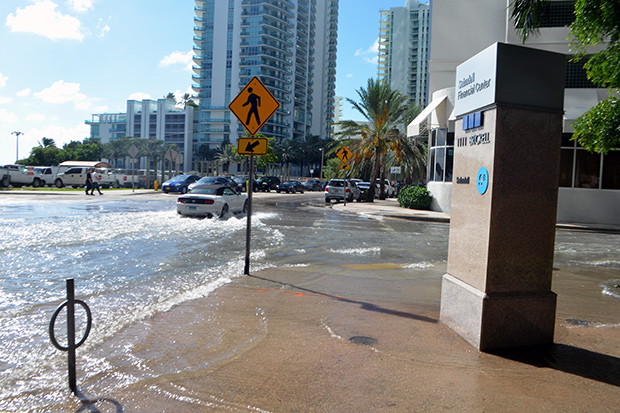Among the most spectacular natural processes are storms. From blizzards and dust storms to thunderstorms and hurricanes, these phenomena shape our environment, impact ecosystems, and profoundly influence human civilization.
Storms are atmospheric disturbances characterized by strong winds, precipitation, and often lightning or thunder. They arise from complex interactions between wind patterns, humidity, air pressure, and temperature.
Thunderstorms can be triggered by warm, moist air rising rapidly, while extratropical cyclones form due to significant temperature differences between air masses. Tropical cyclones, known as hurricanes or typhoons depending on the region, develop and intensify over warm ocean waters.
Different types of storms have unique features and impacts. Thunderstorms are localized storms that form quickly, producing heavy rain, thunder, hail, and even tornadoes, playing a crucial role in regulating temperature and humidity.
Tropical cyclones are large, swirling storms that can span hundreds of miles, bringing intense rains and powerful winds that often result in coastal erosion, wind damage, and flooding.
Read More
Blizzards and snowstorms combine heavy snowfall with strong winds, significantly reducing visibility and disrupting infrastructure and travel. Dust and sand storms, common in dry regions, lift vast amounts of particles into the atmosphere, affecting air quality and human health.
Storms are vital regulators of Earth's climate. Through rainfall, they transport heat from the equator to the poles, maintain atmospheric balance, and replenish freshwater resources.
However, they also pose significant hazards that can damage property, endanger lives, and impede economic growth.
Scientific research indicates that storm patterns are shifting due to climate change. Higher ocean temperatures and increased atmospheric humidity lead to more severe storms with heavier precipitation and stronger winds.
While the frequency of some storms may not increase, their intensity and destructive potential are rising, presenting greater challenges for communities worldwide.
Understanding storm dynamics is crucial for improving forecasts and early warning systems, which can save lives and reduce damage. Additionally, reducing greenhouse gas emissions can help mitigate the intensification of storms and address climate change.
Strategies such as enhancing infrastructural resilience, emergency preparedness, and sustainable land management are essential for minimizing storm impacts.
Storms, in all their forms, serve as powerful reminders of nature's complexity and force, urging humanity to cherish the environment, make informed decisions, and work together to safeguard our shared future.






